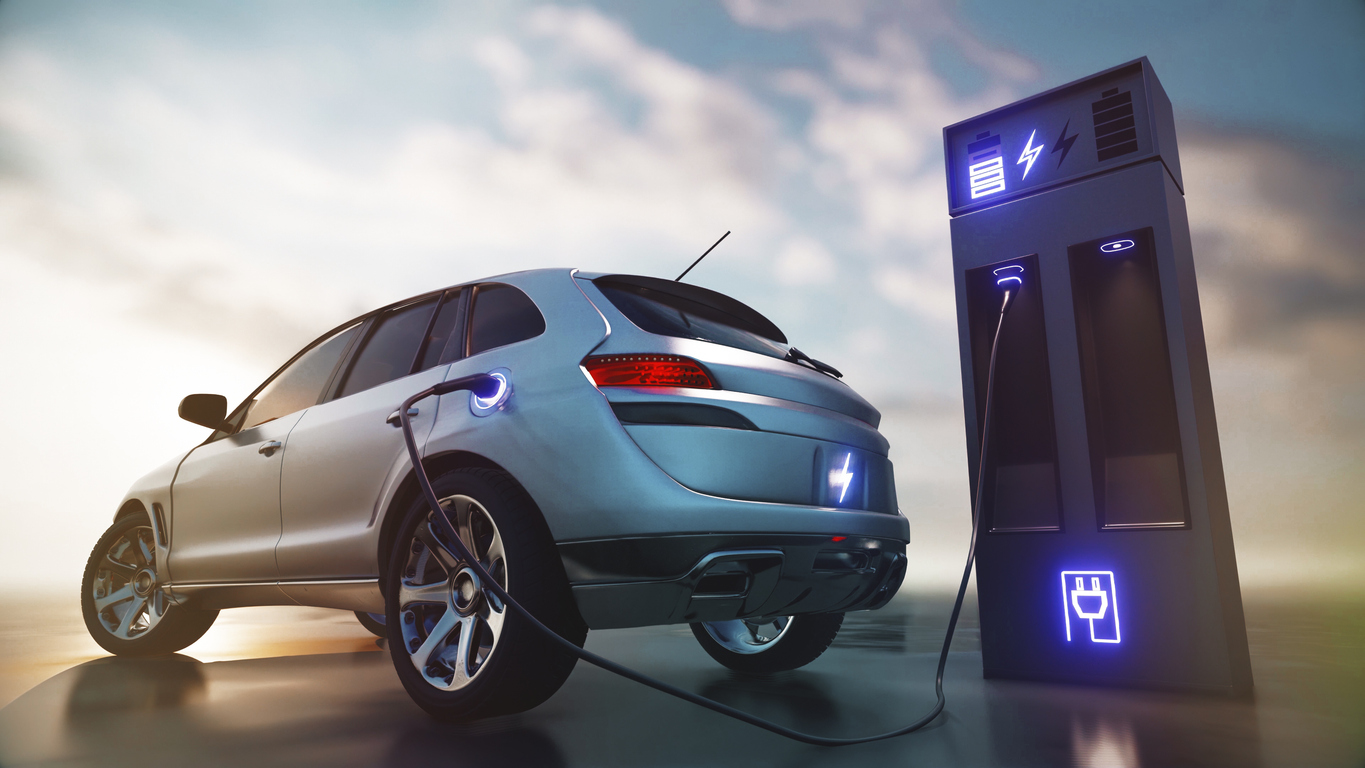
Electric vehicles (EVs) have rapidly gained popularity in recent years, with more consumers, governments, and automakers shifting towards cleaner, more sustainable transportation options. As concerns over climate change and the environmental impact of fossil fuels grow, EVs are seen as a crucial part of the solution. But what exactly is driving the rise of electric vehicles, and what should you know if you’re considering making the switch? In this article, we’ll cover the key aspects of EVs, including their benefits, challenges, and the future of electric mobility.
1. What Are Electric Vehicles?
Electric vehicles are cars powered by electric motors rather than internal combustion engines. Instead of using gasoline or diesel fuel, EVs run on electricity stored in rechargeable batteries. There are different types of electric vehicles, each with varying levels of electric power:
- Battery Electric Vehicles (BEVs): Fully electric vehicles powered solely by batteries, with no gas engine involved. Examples include the Tesla Model 3 and Nissan Leaf.
- Plug-in Hybrid Electric Vehicles (PHEVs): These cars combine an electric motor with a traditional gas engine. They can run on electric power for a certain range before switching to gasoline. Examples include the Toyota Prius Prime and Chevrolet Volt.
- Hybrid Electric Vehicles (HEVs): These vehicles use both a gas engine and an electric motor, but they cannot be plugged in. Instead, the battery is charged through regenerative braking and the gas engine itself. Examples include the standard Toyota Prius and Honda Insight.
2. Benefits of Electric Vehicles
The rise of EVs is largely driven by the numerous benefits they offer, from environmental advantages to long-term savings and enhanced driving experiences.
2.1 Environmental Impact
One of the most significant advantages of EVs is their reduced environmental footprint. Since EVs produce zero tailpipe emissions, they help decrease air pollution and greenhouse gas emissions, which are major contributors to climate change. By driving an electric vehicle, you’re directly reducing your carbon footprint.
Key environmental benefits:
- Zero emissions: BEVs don’t produce exhaust emissions, reducing air pollutants like nitrogen oxides and carbon dioxide.
- Renewable energy potential: EVs can be charged using renewable energy sources like solar or wind power, further reducing their environmental impact.
- Less reliance on fossil fuels: Electric cars help reduce the global demand for oil and gasoline.
Pro tip:
- If you’re concerned about the environmental impact of electricity used to charge your EV, consider installing solar panels at home or using green energy plans from your utility provider.
2.2 Lower Operating Costs
Electric vehicles can save you money in the long run, particularly in terms of fuel and maintenance. While the upfront cost of an EV may be higher than a traditional gas-powered car, the long-term savings can make up for it.
Cost-saving benefits:
- Fuel savings: Electricity is generally cheaper than gasoline, and charging an EV costs a fraction of what it would take to fill up a gas tank.
- Lower maintenance: EVs have fewer moving parts than internal combustion engines, meaning fewer things can break down. There’s no need for oil changes, transmission repairs, or exhaust system maintenance.
- Government incentives: Many governments offer tax credits, rebates, and other incentives for purchasing an electric vehicle, making the initial cost more manageable.
Pro tip:
- Check for local and federal incentives in your area that can significantly reduce the cost of purchasing an EV.
2.3 Improved Driving Experience
Driving an electric vehicle offers a different and often enhanced experience compared to gas-powered cars. EVs are known for their instant torque, delivering quick acceleration and a smooth, quiet ride.
Driving benefits:
- Instant power: Electric motors deliver 100% of their torque instantly, providing rapid acceleration, even from a complete stop.
- Quieter ride: EVs operate much more quietly than gas cars, offering a peaceful driving experience.
- Regenerative braking: Many EVs come with regenerative braking, which captures energy during braking and feeds it back into the battery, extending the driving range.
3. Challenges of Electric Vehicles
While electric vehicles offer many advantages, they also come with some challenges that potential buyers should be aware of.
3.1 Range Anxiety and Charging Infrastructure
One of the most common concerns for new EV owners is range anxiety—the fear that the car will run out of power before reaching a charging station. While the range of modern EVs has significantly improved, the availability and convenience of charging infrastructure are still growing.
Key considerations:
- Driving range: Most new electric vehicles offer ranges between 200 and 400 miles on a single charge, depending on the model. However, long road trips may still require careful planning to ensure access to charging stations.
- Charging stations: While charging infrastructure is expanding, it’s not as ubiquitous as gas stations. Urban areas tend to have better access to charging stations, but rural areas may still lack coverage.
Pro tip:
- If you’re concerned about range, consider a PHEV or opt for a BEV with an extended range and plan longer trips in advance using apps like PlugShare or ChargePoint to locate charging stations.
3.2 Charging Time
Charging an electric vehicle takes longer than filling up a gas tank. The time required depends on the charging method used:
- Level 1 charging: Using a standard household outlet (120V), this is the slowest method and can take up to 24 hours to fully charge an EV.
- Level 2 charging: Using a dedicated charging unit (240V), commonly found in homes and public stations, this can charge an EV in 4 to 8 hours.
- DC fast charging: Available at select public stations, DC fast chargers can provide 80% of a charge in about 30 minutes, ideal for longer trips.
Pro tip:
- Installing a Level 2 charger at home can drastically reduce charging time and offer the convenience of starting each day with a full charge.
3.3 Higher Upfront Costs
Electric vehicles tend to have higher upfront costs compared to traditional gasoline cars. This is due to the cost of battery technology and the advanced components required for EVs. However, these costs have been gradually decreasing as technology improves and production scales.
Key points:
- Battery costs: The battery pack is one of the most expensive components of an EV, but advancements in battery technology are helping to lower costs.
- Incentives: Many governments offer financial incentives, such as tax credits or rebates, which can offset the higher initial cost of an EV.
Pro tip:
- Look for used or certified pre-owned EVs, which can offer significant savings over new models while still providing the benefits of electric driving.
4. The Future of Electric Vehicles
The future of electric vehicles looks promising, with continued advancements in technology and growing support from governments and automakers.
4.1 Advancements in Battery Technology
Battery technology is rapidly improving, leading to longer driving ranges, faster charging times, and lower costs. Innovations such as solid-state batteries could further revolutionize EV performance by offering higher energy density and increased safety.
4.2 Expansion of Charging Infrastructure
Governments and private companies are investing heavily in expanding charging infrastructure. This will make it easier for EV owners to find charging stations, particularly in rural and less-developed areas.
4.3 Increased Variety and Availability
As more automakers commit to producing electric vehicles, consumers will have a wider range of models to choose from, including electric SUVs, trucks, and luxury vehicles. Brands like Ford, GM, and Volkswagen are all launching new EVs in the coming years, contributing to the growing EV market.
The rise of electric vehicles marks a significant shift in the automotive industry, offering cleaner, more efficient alternatives to traditional gasoline-powered cars. With benefits such as lower emissions, reduced fuel costs, and an improved driving experience, EVs are becoming increasingly popular. However, challenges like charging infrastructure and higher upfront costs still remain. As technology continues to evolve, electric vehicles are poised to become the future of transportation, offering a more sustainable solution for drivers around the world.







